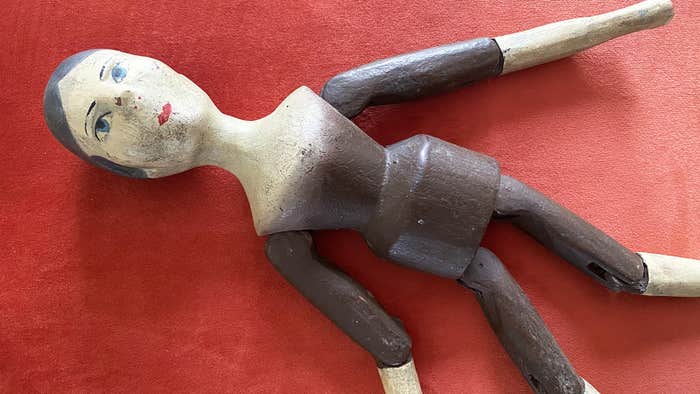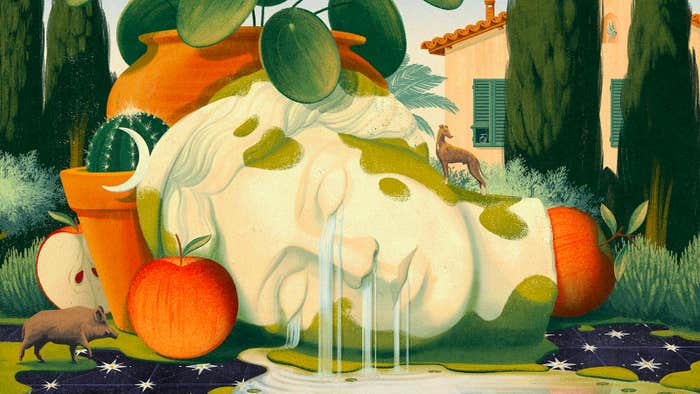The Sonoran Desert. Desierto de Sonora. Desert of Sound. The soundful desert spanning the United States and Mexico is a place of deadly extremes. It is a bridge between the two nations and a graveyard where hundreds of migrants perish each year. It is one of the world’s hottest places, with temperatures spiking to 177 degrees Fahrenheit. During fire season in early summer, sweeping infernos char the landscape; later in summer, monsoons create flash floods of churning mud.
Yet it is also full of vibrant life. Plants, animals, and even indigenous human groups such as the Hohokam have called the Sonoran Desert home for thousands of years. They adapted in ingenious ways to the desert, learning to live in truce with its dangers.
The celebrated poet Alberto Ríos of Arizona State University grew up in Nogales, Arizona—twin to Nogales, Mexico—in the heart of the Sonoran Desert. Ríos first found poetry in the desert by listening. He learned the art of storytelling by listening to tales from his parents’ childhoods in faraway England and Guatemala. He listened to his brother’s adventures fighting fires in the Sonoran Desert with the Forest Service. He listened to the desert itself: the rattle of a diamondback, the click-clack of wind in the mesquite trees, the many sounds that drought, floods, and fire make.
Ríos brought those stories and sounds into almost a dozen books of poetry. To Elisa New, professor of American Literature at Harvard University, these poems get “so close to the desert that they bring to life the seemingly magical tales of what actually happens there.”
In the video below, Ríos reads from his poems inspired by the landscapes and wildlife of the Sonoran Desert. He is joined by prominent conservation biologist Jeff Corwin, host of Wildlife Nation, to share the astonishing stories of what actually happens in the Sonoran—one of the harshest and most diverse ecosystems on Earth. ![]()
Lead image: still from video.































